Features of the device for heating a country house with electricity
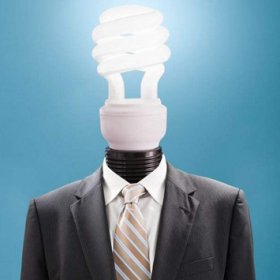
A happy owner of suburban real estate, it does not matter whether it is a cottage or a modest country house, it is necessary to think about heating your home. There are many options. Unfortunately, due to objective reasons, not all of them can be implemented. Among the most acceptable is electric heating: in a private house, such a system is quite possible to equip yourself.
The concept of “heating with electricity” is very broad. Two completely different ways of organizing space heating are hidden under it:
- With an intermediate heat carrier. It assumes the presence of a system with a circulating coolant, which heats the boiler, powered by electricity.
- With direct heat dissipation. Various equipment is used that directly converts electrical energy into heat. It can be various convectors, heaters, fan heaters, etc.
Is it profitable to heat with electricity?
I must admit that country house heating Electricity has many advantages:
- High efficiency and durability.
- Easy installation of devices.
- Ease of use, no need for regular maintenance.
- System security.
- Silent and clean operation of devices, easy interchangeability of equipment elements.
- No permissions to install the system are required.
One of the main disadvantages is considered to be the relatively high cost of electricity. However, it is quite possible to organize economical heating with electricity, if you install thermostats that will turn off the system when the specified air temperature is reached. You can also use a multi-tariff meter, which allows you to pay for the energy consumed at night, when the temperature is much lower and you need enhanced heating, at a special, lower rate. Another way to pay less for electricity is to thoroughly insulate the house.
The only obstacle to the installation of heating equipment powered by electricity is the insufficient power of the line. Preliminary calculations can be carried out as follows. On average, heating an area of 10 square meters. meters of a building with standard heat efficiency takes 1 kW per hour. Thus, the electric heating of the house with an area of 150 square meters. m will require 150 kW. For some legacy power lines, this may be too much. In addition, it should be borne in mind that in addition to heating, various household appliances also work in the house, which also consume a certain power. Therefore, it is necessary to add about 3-5 kW per hour to the resulting rated power.
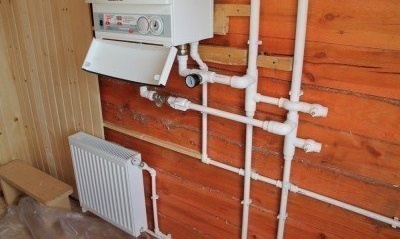
The electric boiler is included in the standard water heating system, it successfully heats the coolant
Electric heating systems are considered energy efficient.What are their pros and cons, are they economical, read in our material:https://aquatech.tomathouse.com/en/otoplenie/alt_otoplenie/energosberegayushhee-otoplenie-chastnogo-doma.html.
Convector system device
One of the popular ways to equip the heating of a private house with electricity can be considered the use of convectors, appliances that use air convection in their work.
The device and principle of operation of the convector
The heating elements controlled by the thermostat heating elements TENY are built into the metal housing of the heater. Each of them is a high-resistance conductor placed in a ceramic shell, hermetically sealed in an aluminum or steel casing. This design of the device allows you to increase the area of interaction with air and effectively carry out its heating. The operating temperature of the heating elements varies from 100 to 60C.
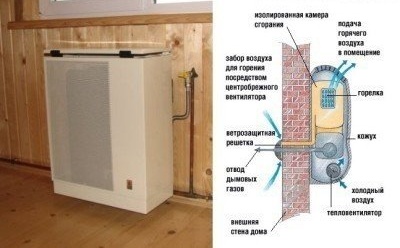
Convectors are dependent on the supply of electricity, which makes their owners think about the availability of an alternative heating system in case of an accident
After turning on the convector, heating of the heating elements begins. According to physical laws, the cooled air goes down. Here he gets through the lower grill into the structure and passes through the heating elements, gradually warming up and rising up. There it gradually cools down and again falls down. The process is repeated many times, allowing you to create a comfortable temperature in the room. If necessary, you can use fans that accelerate natural convection.
Constructive features of convectors determine their main disadvantages, among which uneven heating of the air. The temperature at the floor itself remains lower than under the ceiling, which, however, is also characteristic of water heating. Another “minus” - circulating streams raise dust, inevitably present in every home. Today, models are released that are practically devoid of this drawback.
Wall or floor version?
It is possible to carry out heating using different models of convectors. There are two main types of appliances:
- Wall constructions. They differ in height, which is on average 45 cm, and in the way of fastening. They can either be installed directly on the floor or mounted on a wall using a special device.
- Floor standing. Narrow long appliances that are usually installed under low-lying windows, stained-glass windows and in the area of baseboards. Despite the lower power than wall convectors, they will need much less time to warm up the room.
Both types of devices are equipped with thermostats, which can be either built-in or remote. Structures are also produced that do not burn oxygen in the room and do not dry the air.
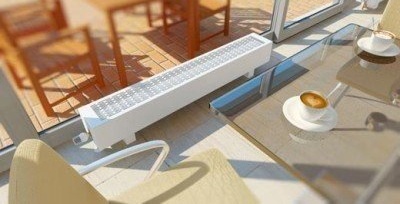
Floor models of electric convectors are installed on the floor, and not inside it, like their water counterparts. Therefore, they can be installed at the end of the repair
Calculation of the required number of convectors for heating
The number and power of the appliances necessary to equip the heating of the country house with electricity is calculated based on the volume of the room in which they will be installed.
First, the average value of the power required for heating 1 cubic meter is selected. Average values for rooms:
- with good thermal insulation that meets the standards of energy conservation of the Scandinavian countries - 20 watts per cubic meter. m;
- with insulated ceilings, walls and double-glazed windows on the windows - 30 watts per cubic meter. m;
- insufficient insulation - 40 watts per cubic meter m;
- poorly insulated - 50 watts per cubic meter m
Based on these values, the power required to heat the room is determined and the desired number of devices for heating is selected. It is very important to perform the calculations correctly.Practice shows that even electric heating of a wooden house is absolutely safe provided that the equipment is correctly selected and its installation is of high quality.
Additional useful information about electric convectors can be found in our next article:https://aquatech.tomathouse.com/en/otoplenie/radiatory/elektricheskie-konvektory-otopleniya.html.
Convectors are an effective, but by no means the only option for devices for heating rooms powered by electricity. A variety of electric home heating systems make it possible to choose the most suitable option, which will ensure efficient and safe heating of the home.


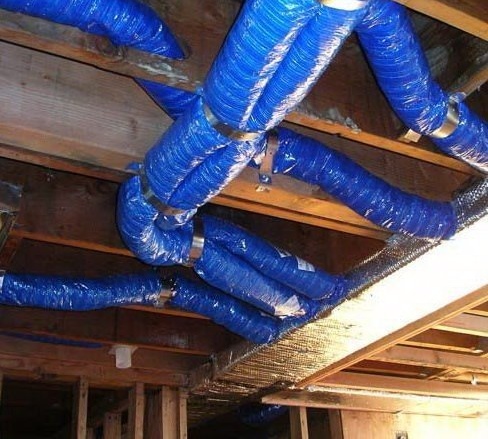

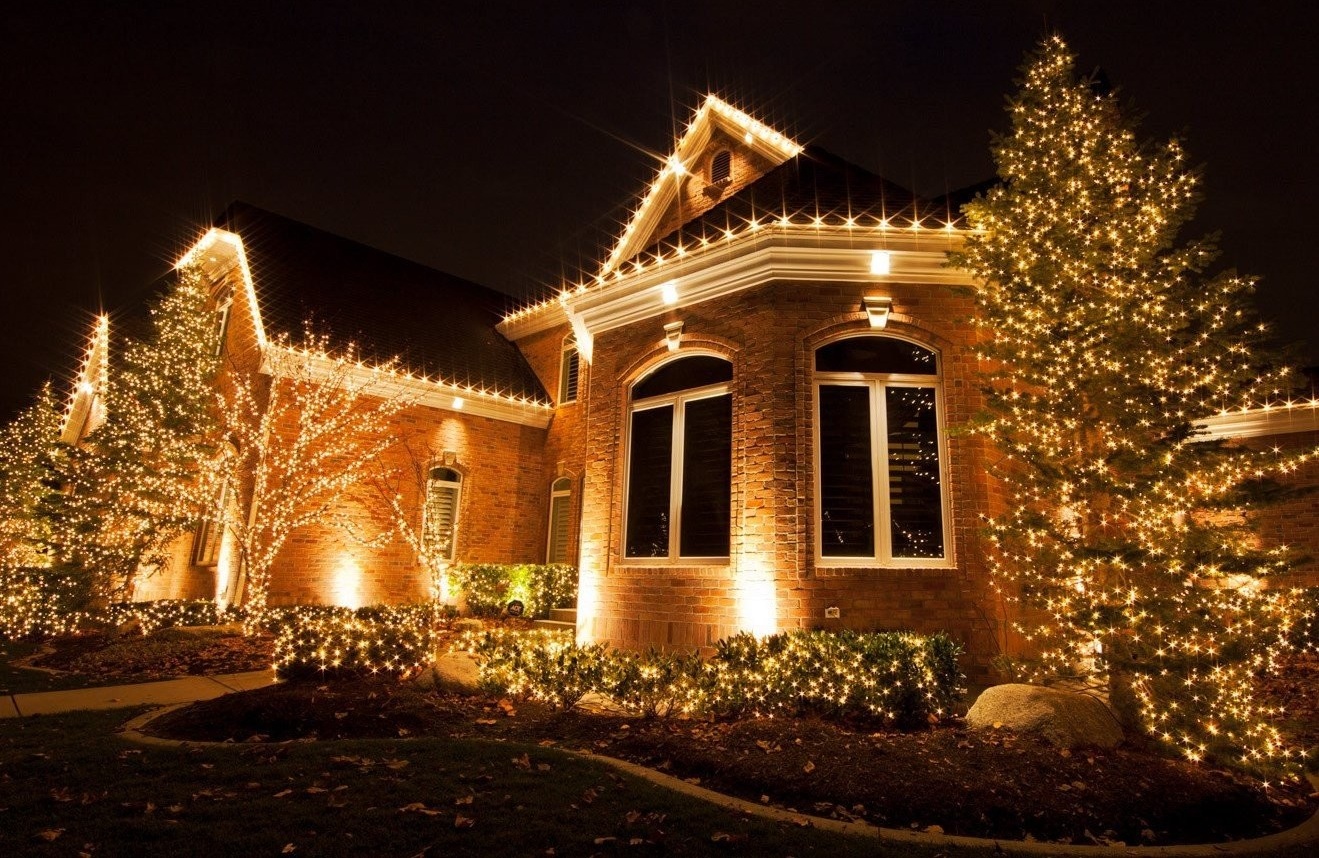
1 comment